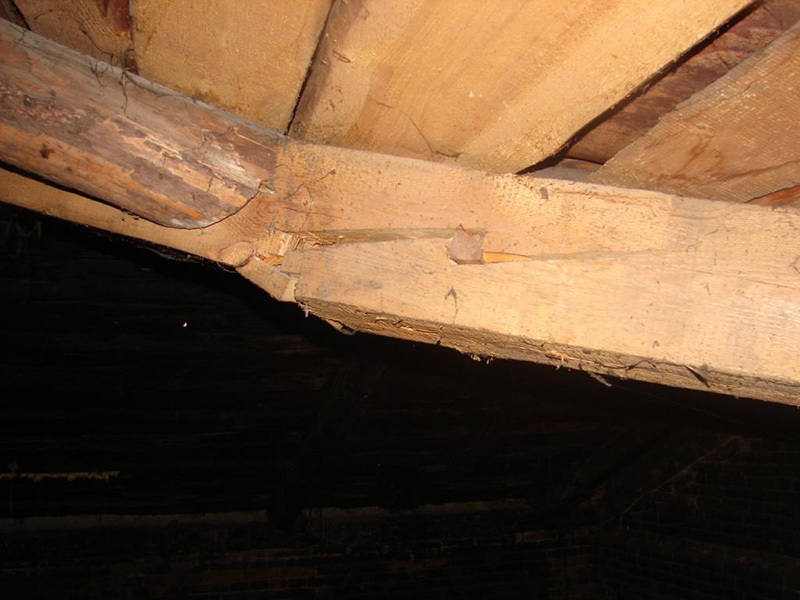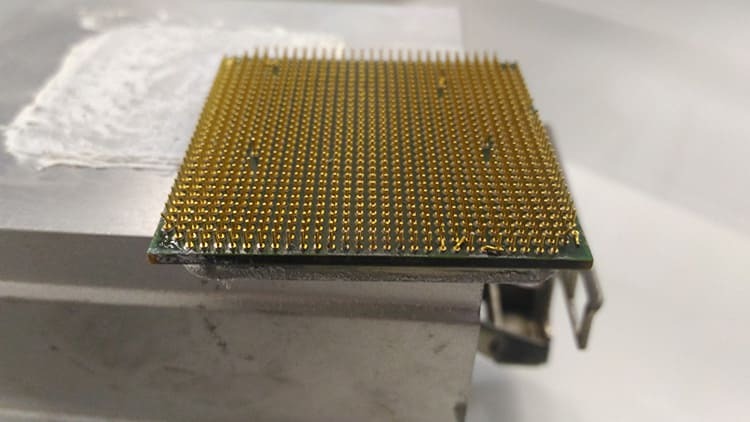
CONTENT
- 1 Why does a processor need thermal grease and how does it work?
- 2 Thermal paste or thermal pad - which is better
- 3 Which thermal paste to choose for the processor
- 4 Which thermal paste is better to buy for the processor
- 5 How to apply thermal paste to the processor
Why does a processor need thermal grease and how does it work?
Any modern processor, even a mobile one, can contain billions of transistors inside it. A transistor is one of the basic electronic components. During the operation of the processor, a current flows through it, that is, electrons physically move. And as we know from the school physics course, heat is released. What happens if current flows through billions of transistors at the same time? A colossal heating for such a volume will occur. Therefore, the design of the processor assumes heat dissipation.
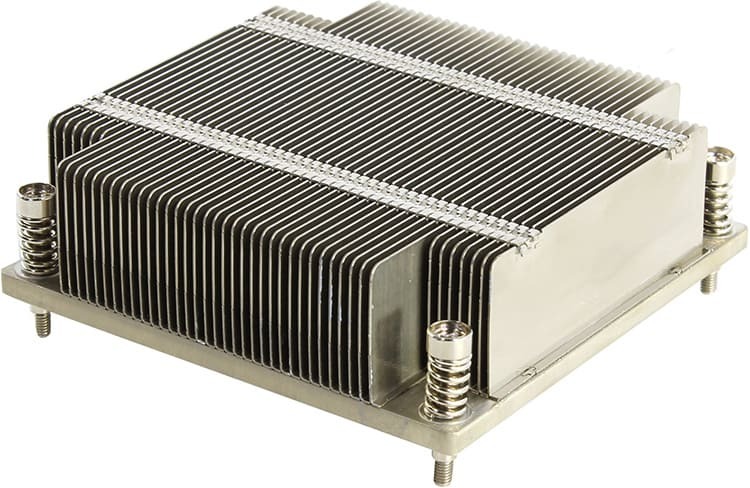
By the way, the processor itself is just a small piece of silicon. And what is already installed in computers is a case, inside which the crystal itself is located. Exceptions may be laptop processors - there the crystal may not have a case. In any case, the surfaces of the case, crystal and heat dissipation systems may not be completely smooth. That is, they may have irregularities. And when two planes come into contact, air gaps are formed between them, which reduce thermal conductivity. As a result, the processor heats up. This is where thermal paste comes in. It forms a tight contact between two planes - the case and the radiator. And since thermal paste consists of heat-conducting materials, a single whole is formed, which removes heat to the radiator, which in turn is forcibly cooled using a fan or water.
Thermal paste or thermal pad - which is better
Both thermal paste and thermal pad perform the same task - they form a heat-conducting layer between two planes. But the purpose of their use is different.
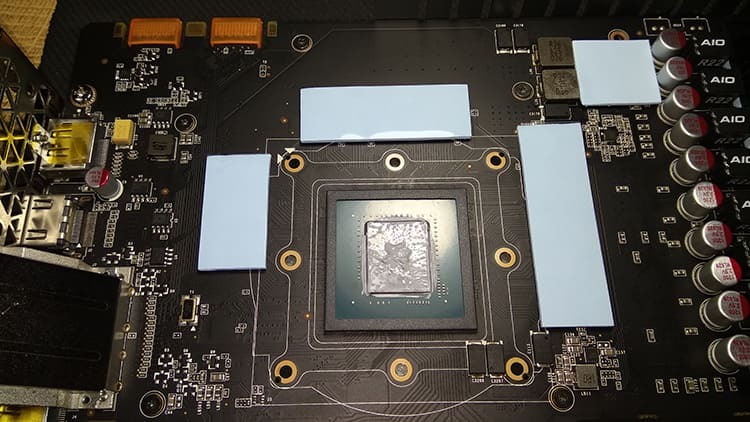
A thermal pad is used to create a heat-conducting layer for cooling chips that have different heights or the distance between two planes is too large. That is, in fact, a thermal pad is an extreme solution, when it is not possible to create a reliable heat-conducting layer with the help of thermal paste. For surfaces, the gaps between which are fractions of a millimeter, it is better to use thermal paste, if the gaps are larger or there are distortions, it is better to take a thermal pad.
Which thermal paste to choose for the processor
In fact, there is no unambiguous solution to the issue of choosing thermal paste. Some users check one view, while others may have problems with the same view. Therefore, in practice, the selection of thermal paste is carried out rather by enumerating possible options. However, according to the characteristics and parameters, you can make at least a general picture of the use of a particular paste. Therefore, let's talk a little about them.
Thermal conductivity
As follows from the definition, thermal conductivity is the ability of materials to conduct heat. The thermal conductivity coefficient shows how great this ability is. It is measured in W / (m · K). The higher this parameter, the higher the thermal conductivity. Desktop computers usually have processors with a lower heating rate, so pastes with a low thermal conductivity are acceptable for them. Laptops have limited space to provide a cooling system, plus mobile processors have an integrated graphics core for compactness, which adds maximum temperature. Therefore, thermal pastes with a high coefficient of thermal conductivity will be more effective here.
By consistency
The consistency is mostly chosen for the sake of convenience. Those who are engaged in service at a professional level choose a paste of medium consistency, which is convenient to apply and at the same time it does not spread over the entire motherboard. For those who independently decided to change the thermal paste, in fact, its consistency for a single use will not play a special role. But for the first time, we still recommend not taking too liquid.
By packing
Differences in packaging also affect, as does consistency. That is, if you plan to use thermal paste once, it will be more convenient to take a small volume in the syringe, from which you can immediately apply the material to the chip. Professionals take large volumes. For example, one of the most popular pastes, KPT-8, can be supplied in cans and tubes up to 1 kg. With a large amount of work, such a purchase will be more profitable. For an ordinary user, a syringe is more suitable - applied and forgot.
Which thermal paste is better to buy for the processor
We cannot make an unambiguous conclusion that this pasta is the best, but this one is not. However, we can talk about those that are in great demand and about their qualities and characteristics.
KPT-8
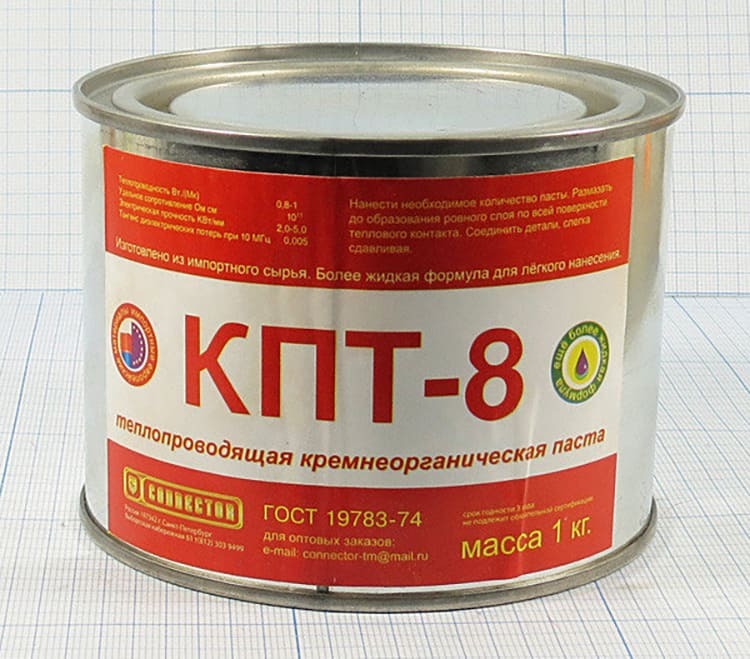
One of the most popular and affordable thermal greases on the market. Suitable mainly for stationary computers. It is most often used by professionals as it comes in a wide variety of shapes and sizes. Its main advantage is its low cost. Although its thermal conductivity is only 0.65 W / (m · K) at 100 ° C, which is quite small in comparison with competitors. The admissible temperature range is from -60 ° C to + 180 ° C.
Review of KPT-8

Review of KPT-8

DeepCool Z5
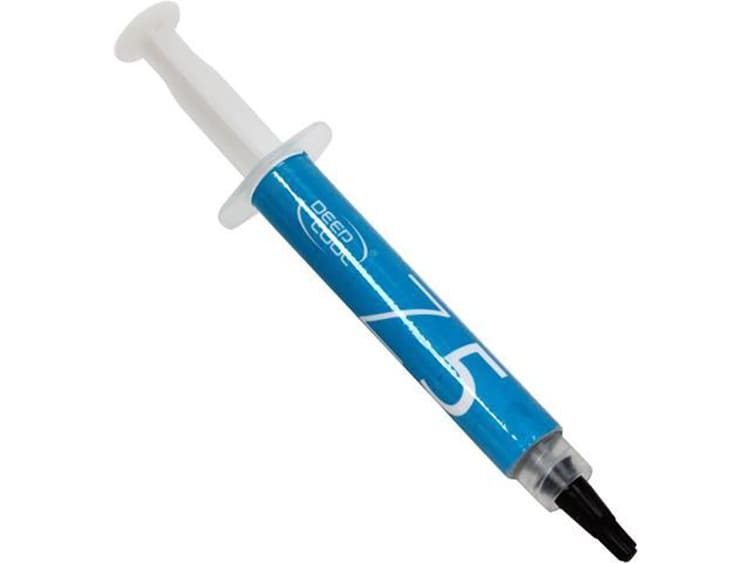
DeepCool is a Chinese brand that manufactures many components for personal computers. In particular, these are cooling systems, coolers, power supplies, cases and thermal grease. This model is slightly inferior in popularity to KPT-8. The thermal conductivity of the paste is 1.46 W / (m · K). The highest temperature at which the paste can work is + 300 ° C. It comes in the form of a syringe, which is very convenient to use at home.
Review of DeepCool Z5

Review of DeepCool Z5

Zalman ZM-STG2
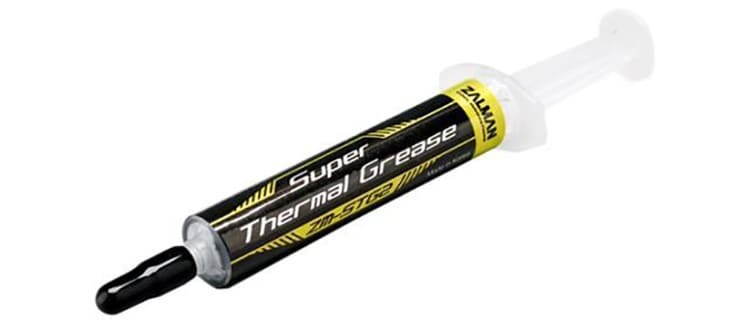
And this is a Korean brand that mainly produces cooling systems. Well, thermal paste too. This paste is also quite popular. Its thermal conductivity relative to other brands is quite high - 4.1 W / (m · K). The maximum temperature is + 150 ° C. And it comes in a convenient syringe.
Review of Zalman ZM-STG2

Review of Zalman ZM-STG2

Evercool Compound
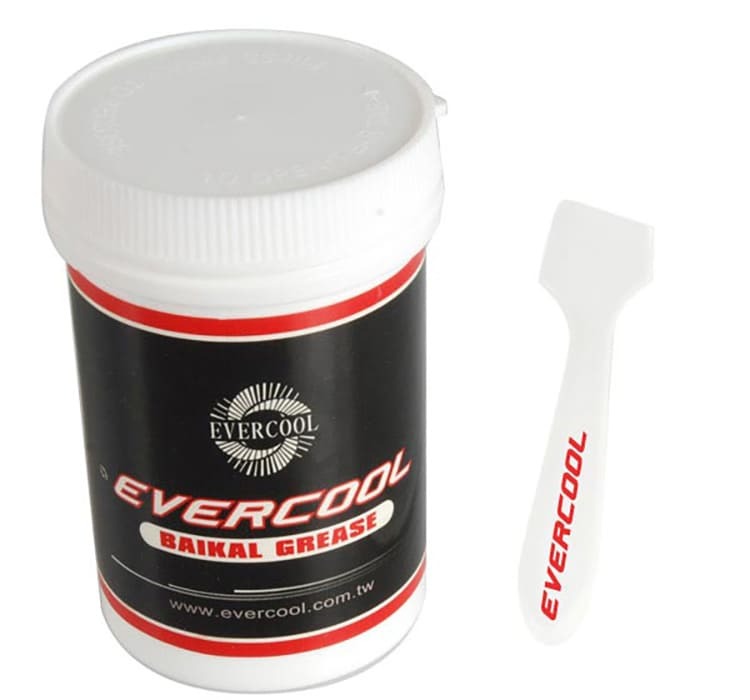
This paste is generally similar to the previous one. Its thermal conductivity is approximately in the same range as Zalman - 3.8 W / (m · K). That is, it is suitable for both stationary computers and laptops. It can be supplied in tubes of 25 g or syringes of 10 g. The set includes a spatula for spreading the paste over the chip.
Review of Evercool Compound
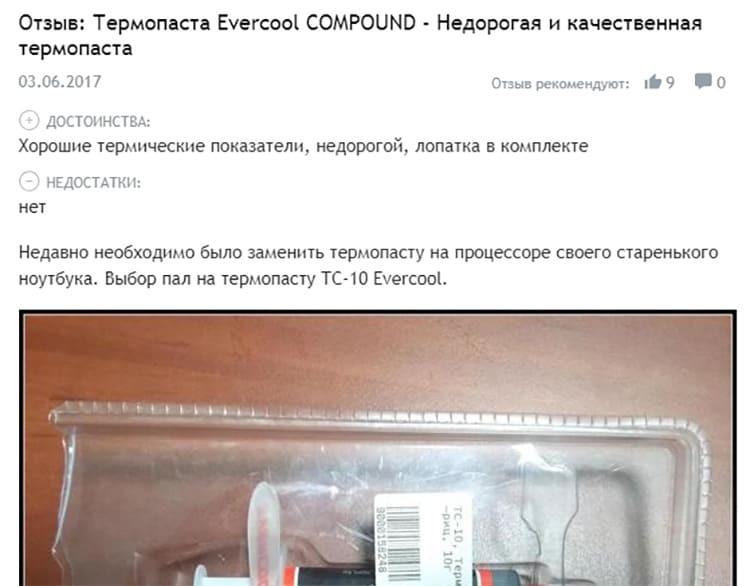
Review of Evercool Compound

How to apply thermal paste to the processor
Now a little about how to apply the paste. At the beginning of the article, we figured out what it is for and how it works. Therefore, the main task is to apply as thin a layer as possible. The liquid paste can be dripped onto the center of the chip and it will spread itself over the surface after joining the planes. However, here you can overdo it and flood the motherboard with surplus. To be sure, it is better to distribute the paste by hand with a spatula from the kit, a sim card or a payment card. It is important to remember that you need to create a thin layer, which should only enhance the transfer of heat from the processor to the heatsink.



